Choline is actually a recently discovered nutrient. It was discovered in 1998, and is considered essential. It is produced by the liver, and is used for healthy brain development, to maintain muscle movement, and it also aids your nervous system and metabolism.
Choline helps to support the structural integrity of cell membranes and it produces compounds that act as cell messengers. It also produces a substance that is crucial for removing cholesterol from the liver. It works in conjuction with vitamin B12 and folate for DNA synthesis.
Choline is required to make acetylcholine, which is an important neurotransmitter responsible for memory, muscle movement, regulating heartbeat and other basic functions. It’s hard to believe with everything it’s responsible for, that it wasn’t discovered until recently. Due to this, there is no established RDI. (Recommended Daily Intake)
Although our bodies make Choline, we need to get most of it from our diets. Requirements differ based on age and gender.
A value for adequate intake (AI) has been set by the Institute of Medicine:
- 0–6 months: 125 mg per day
- 7–12 months: 150 mg per day
- 1–3 years: 200 mg per day
- 4–8 years: 250 mg per day
- 9–13 years: 375 mg per day
- 14–19 years: 400 mg per day for women and 550 mg per day for men
- Adult women: 425 mg per day
- Adult men: 550 mg per day
- Breastfeeding women: 550 mg per day
- Pregnant women: 930 mg per day
This is based on the individual. Some people do fine with less, while others require more.
Deficiency is rare, but can cause damage to your liver and muscles. It is important to note damage can be reversed simply by getting enough.
It is especially important in pregnancy, as a lack may increase neural tube defects. Low intake in pregnancy also increases risk of pre-eclampsia, premature birth and low birth weight.
Although deficiency is rare you may be at an increased risk if you are an endurance athlete, as levels may fall during a marathon.
High alcohol intake can increase choline requirements and can increase your risk of deficiency.
Pregnancy increases requirements, so talk to your doctor about getting the right amount. Post menopausal women are also at an increased risk since estrogen helps produce choline and estrogen levels tend to drop in post menopausal women.
You can get choline in your diet, but are generally in phosphatidylcholine form. The most abundant sources are:
- Beef liver: 1 slice (2.4 ounces or 68 grams) contains 290 mg.
- Chicken liver: 1 slice (2.4 ounces or 68 grams) contains 222 mg.
- Eggs: 1 large hard-boiled egg contains 113 mg.
- Fresh cod: 3 ounces (85 grams) contain 248 mg.
- Salmon: A 3.9-ounce (110-gram) fillet contains 62.7 mg.
- Cauliflower: A 1/2 cup (118 ml) contains 24.2 mg.
- Broccoli: A 1/2 cup (118 ml) contains 31.3 mg.
- Soybean oil: 1 tablespoon (15 ml) contains 47.3 mg.
Choline can also be taken as a supplement, although speak to your Healthcare provider as some forms are more easily absorbed than others.
Reference: https://www.healthline.com/nutrition/what-is-choline
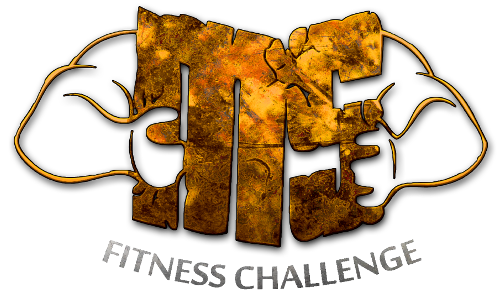
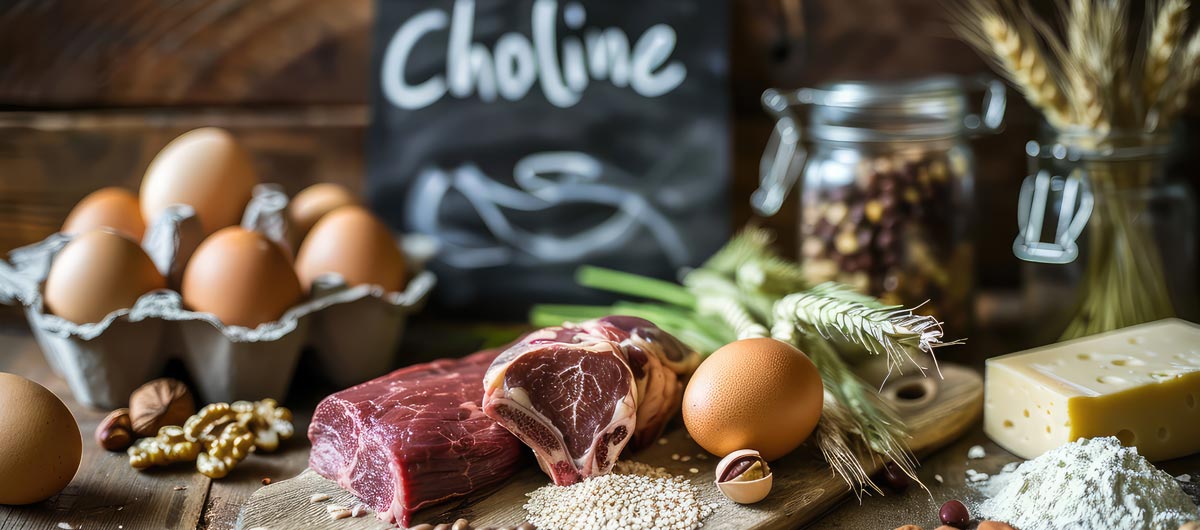
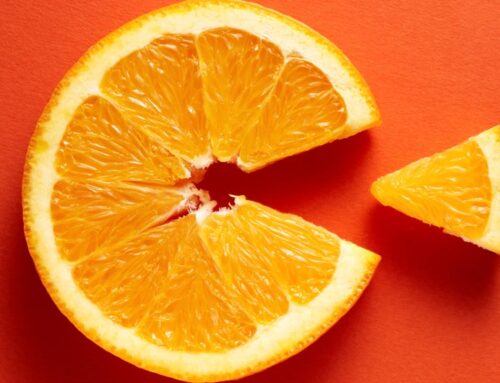
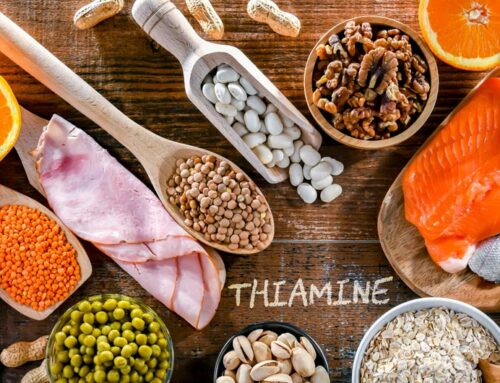
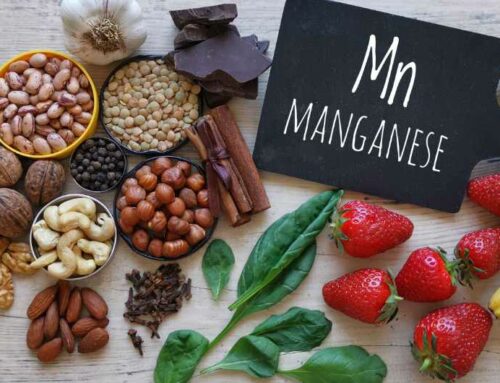

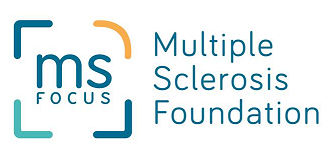
Leave A Comment